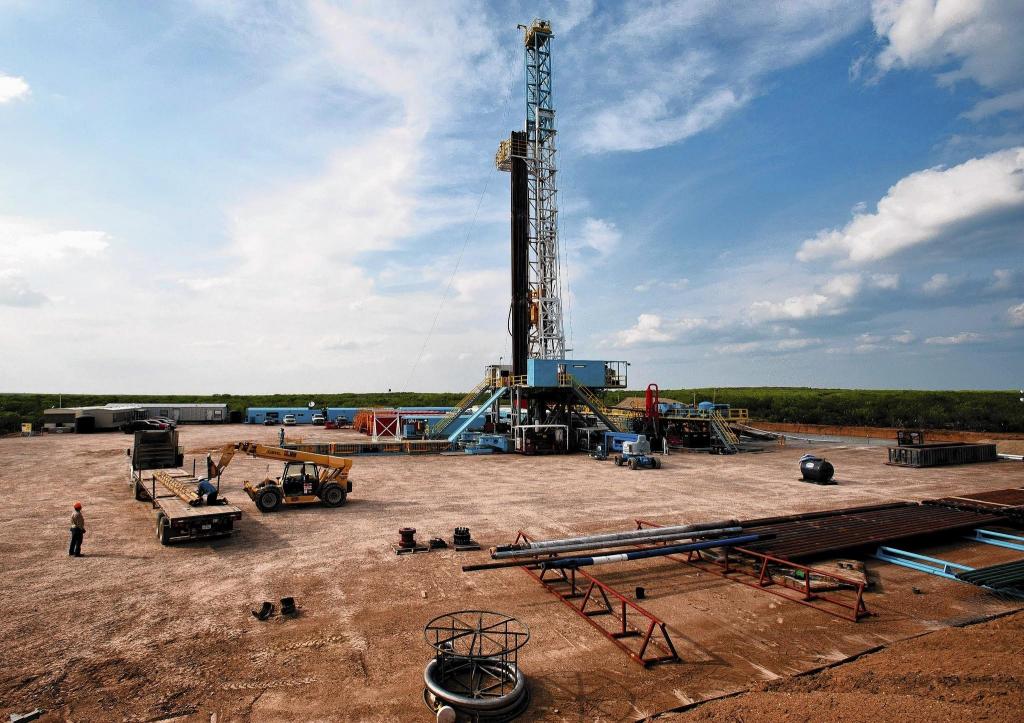The National Iranian Oil Company (NIOC) has started exploration for shale oil in west Iran, NIOC director for exploration said, Mehr news agency reported Wednesday.
"Operations to explore shale oil in Khorramabad in Lorestan Province are 95 percent complete," Hormoz Ghalavand said, adding that his company is studying several exploration techniques and would opt for the most cost-effective method.
Shale gas has also been discovered in west Iran, but the volume of recoverable shale is yet unknown.
Additionally, the cost of producing one barrel of shale oil/gas compared to fossil fuels has yet not been estimated, the official said.
Ghalavand announced in August that Iran is cooperating with prominent German energy firms in its shale gas and oil projects. "We are negotiating with Germany to use their advanced technology for hi-tech sections in the Lorestan shale projects."
Iran reportedly has shale oil and gas reserves in the west and the south. While some analysts believe that shale oil and gas reserves might endanger market prices for conventional oil and gas, Oil Minister Bijan Namdar Zanganeh in January said he does not perceive shale or tight oil as a threat to OPEC.
However, given the pattern of tumbling oil prices in recent months, some experts stress that extraction and production of shale oil is not economically viable. According to reports, production of one barrel of shale oil costs the United States nearly $64, meaning it would likely reduce the level of production over the next few years.
Earlier this year, the Paris-based International Energy Agency reported that only about 4 percent of US shale production needs $80 or more to be profitable.
Shale oil is an unconventional oil resource produced from fragments of rock. It is a type of petroleum produced or extracted using techniques other than the conventional (oil well) method. There has been increasing investments in unconventional oil resources in the past decade due to the scarcity of crude reserves.
Shale oil and gas is extracted via a process called hydraulic fracturing, or fracking. It is the process of drilling and injecting fluid into the ground at a high pressure in order to fracture shale rocks to release natural gas inside.
However, fracking, and in general, extraction of shale oil and gas is highly water-consuming. It is estimated that each fracturing job requires 1-8 million gallons of water to complete.
In 2010, the US Environmental Protection Agency estimated that 70 to 140 billion gallons of water are used to fracture 35,000 wells in the US each year. This is approximately the annual water consumption of 40 to 80 cities each with a population of 50,000.


